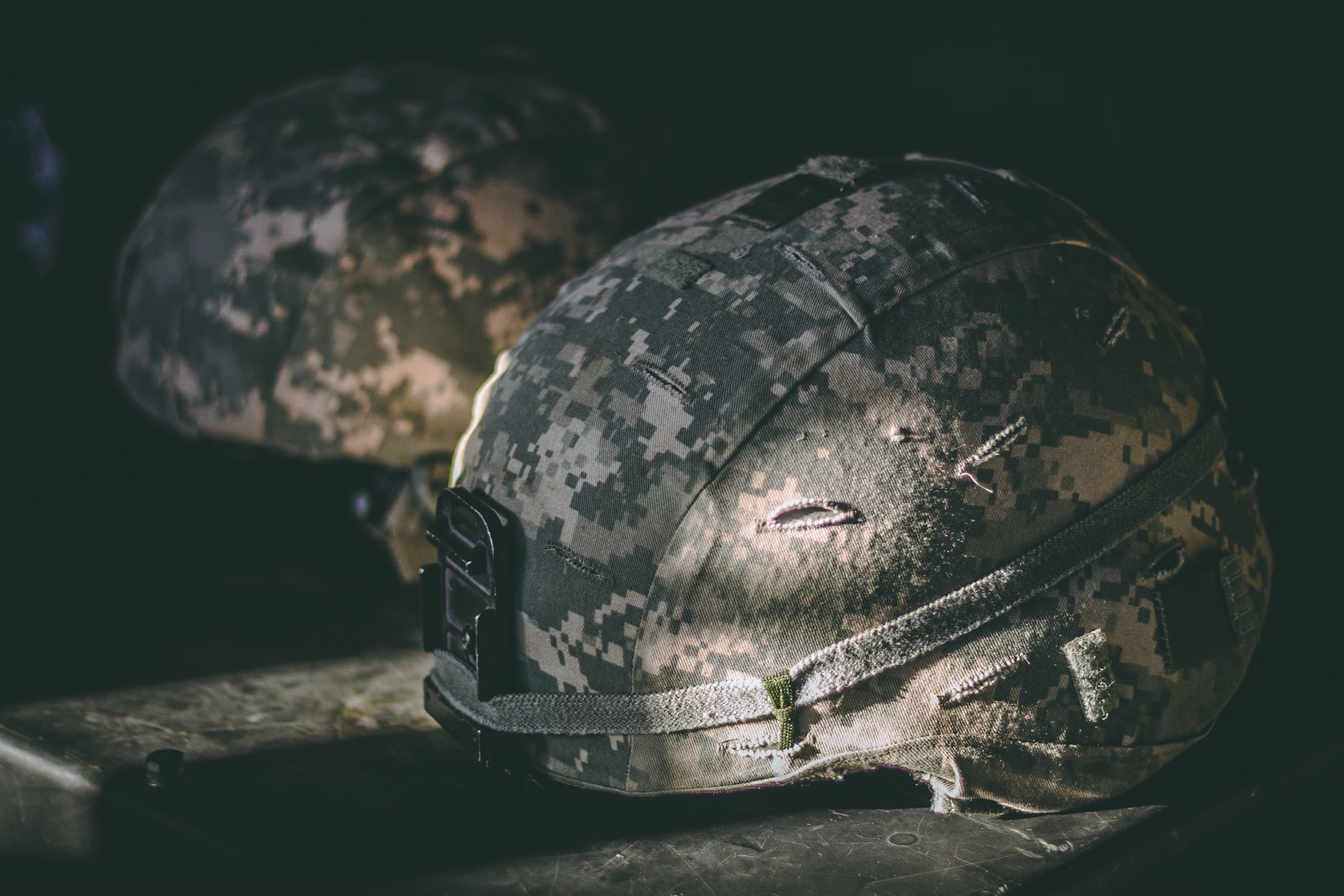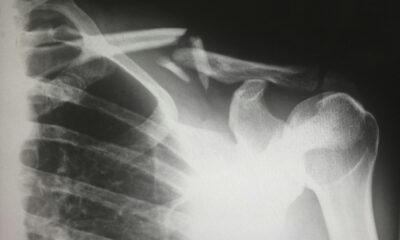Biden to Extend Aid to Veterans Exposed to Burn Pits

Credit: Unsplash
Veterans exposed to contaminants during duty will have an easier time to get healthcare and aid.
During the wars in Iraq and Afghanistan, US Military bases regularly maintained “burn pits,” trash disposal sites where potentially hazardous waste including vehicles, electronics, and human waste were doused in fuel and incinerated. This somewhat slapdash approach to waste disposal spewed toxic particles into the air, and if recent studies are to be believed, those particles are the culprits for numerous health complications that veterans of those conflicts have developed.
Today, the Biden Administration announced that it would be extending aid to military veterans who were exposed to these toxic particles due to their proximity to burn pits. This aid includes relaxed requirements of proof of their proximity to the pits, easier access to healthcare, and research studies to determine more concrete connections between the pits and health complications.
President Biden has a personal stake in this decision, as he believes the toxic particles emitted by burn pits are the cause of his late son Beau developing cancer while he was serving in Iraq. “He volunteered to join the National Guard at age 32 because he thought he had an obligation to go,” Biden said at a Service Employees International Union convention in 2019. “And because of exposure to burn pits, in my view, I can’t prove it yet, he came back with stage 4 glioblastoma.”
Veterans exposed to burn pits will get expanded health care support, White House says https://t.co/g7jA3BI0X4
— CNN Politics (@CNNPolitics) November 11, 2021
The Department of Veteran Affairs has been calling for aid of this nature for a long time, according to VA Secretary Denis McDonough. “I have said I consider it a failing of the United States government, until now, during those 30 years, that it’s only now under President Biden that we’ve even begun to cover [some of those] conditions,” he said. “The biggest challenge there is proving the scientific connection between those chemicals and that cancer. And I’m duty-bound by the law to have a firm connection there. So that’s the biggest challenge.”














